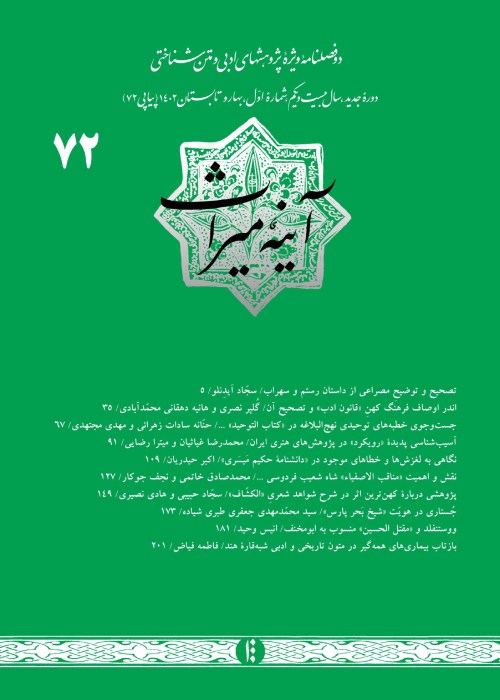The pathology of the phenomenon of “ruykard” [approach] in Iran’s art studies: A case study of intertextuality in Islamic art
One of the remarkable phenomena in the studies of Iran’s hthe centuries is the emergence as from 2010 of a concept called ruykard requiring university researchers to work in accordance with one of the Western philosophical theories, whereas the westerners themselves, despite their much longer history in the Islamic art studies, have hardly looked at the centuries-old Islamic art from the perspective of contemporary philosophers – except in special cases.The present article seeks (1) to trace back the beginnings of the formation of this outlook in Iran’s academic papers, (2) to find out the possible causes of the increasing prevalence of the idea of ruykard, and (3) to analyze its potential effectiveness. Due to the enormous variety of approaches and the wide range of artistic subjects, the degree of the efficacy of intertextuality and other similar theories in analyzing the Islamic arts has been investigated. Our findings reveal that the results of such academic papers make little contribution to the understanding of the Islamic works of art and the factors related to them. Rather, they are more of instructional significance or represent a repeated explanation of intertextuality theory along with some examples. Thus, they do not appeal to the audience, and are little in accordance with any new discovery in the field of history of art and culture that could widen the boundaries of knowledge.


